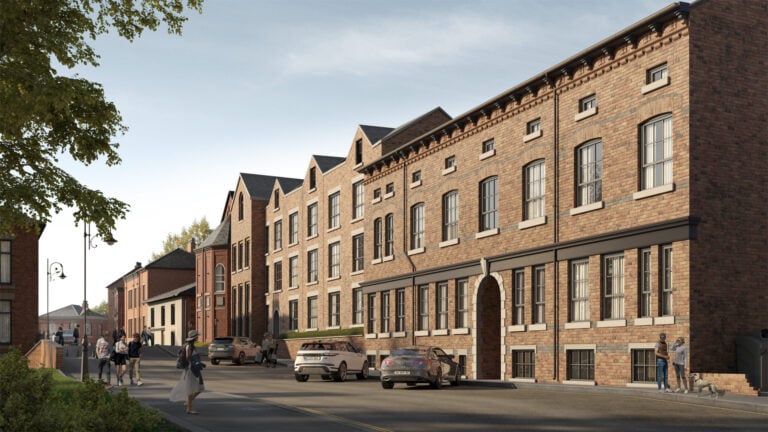Rental trends in the UK continue to adapt and change, and property investors are focusing more than ever on ‘Generation Rent’. What’s the best property type to offer to tenants?
Co-living, where more than one household share a rental property, has been a rising trend for many years now. As tenant types have changed, with more young professionals and older adults than ever renting for longer, co-living has become more appealing.
A new study by Built Asset Management has spotted a marked rise in co-living enquiries over the past year. It found that in London, where the trend is most prevalent, interest from couples increased by 136% between June 2019 and June 2020. The enquiries came from couples looking for one-bedroom contracts within shared properties.
The average age of flat-sharing tenants has also increased. Back in 2018-2019, the mean age of couples renting rooms in shared space was 26.4. Now, that has risen to 29.3 years old.
Household sizes could also be on the rise. In Built Asset Management properties specifically, the average number of people a couple shares accommodation with is three.
What’s behind the rising trend?
One obvious benefit of living in shared rental accommodation is the financial aspect. Co-living and flat-share or house-share setups tend to mean the rent is cheaper. Particularly in the current climate, this might be more of a bonus to many. A lot of couples will also be using this saving to build up a deposit for a home.
However, there are other factors at play, which Alex Gibbs, co-founder and director of Built Asset Management, points out.
“Economic factors are undoubtedly at work, with co-living offering an affordable option to renters seeking high-end accommodation, without the expense that comes with a single-let unit,” he says.
“However, co-living has also undergone something of a revolution in recent years, with an influx of luxury properties onto the market.”
How the existing market could change
The expectation is that the trend will continue, and demand will rise. Property investors looking at investment options should bear this in mind, says Alex.
“The key takeaway here for investors and developers, therefore, is to ensure that newly created co-living premises have both the amenities and the regulatory approval to house couples in as many of the units as is possible and practical.”
He concludes: “This will enable them to bolster returns, drive occupancy, and efficiently serve these new entrants to the co-living market.”









